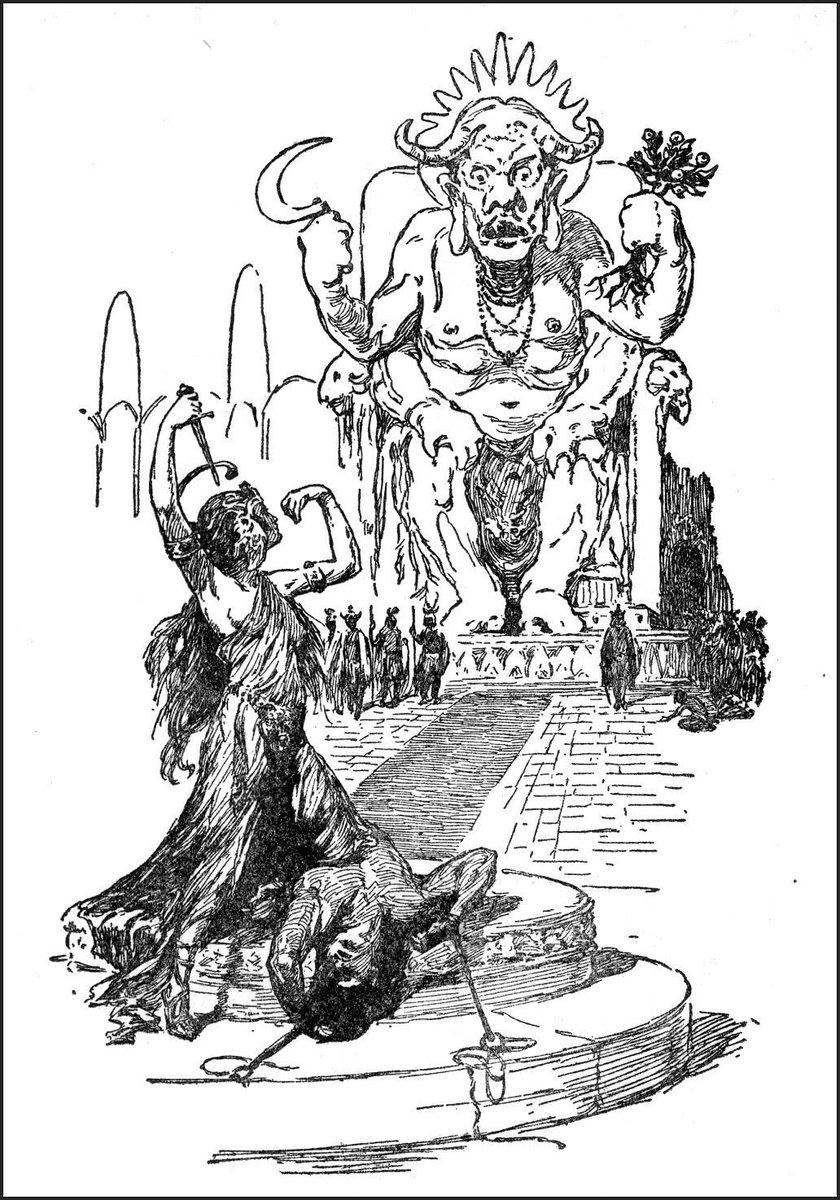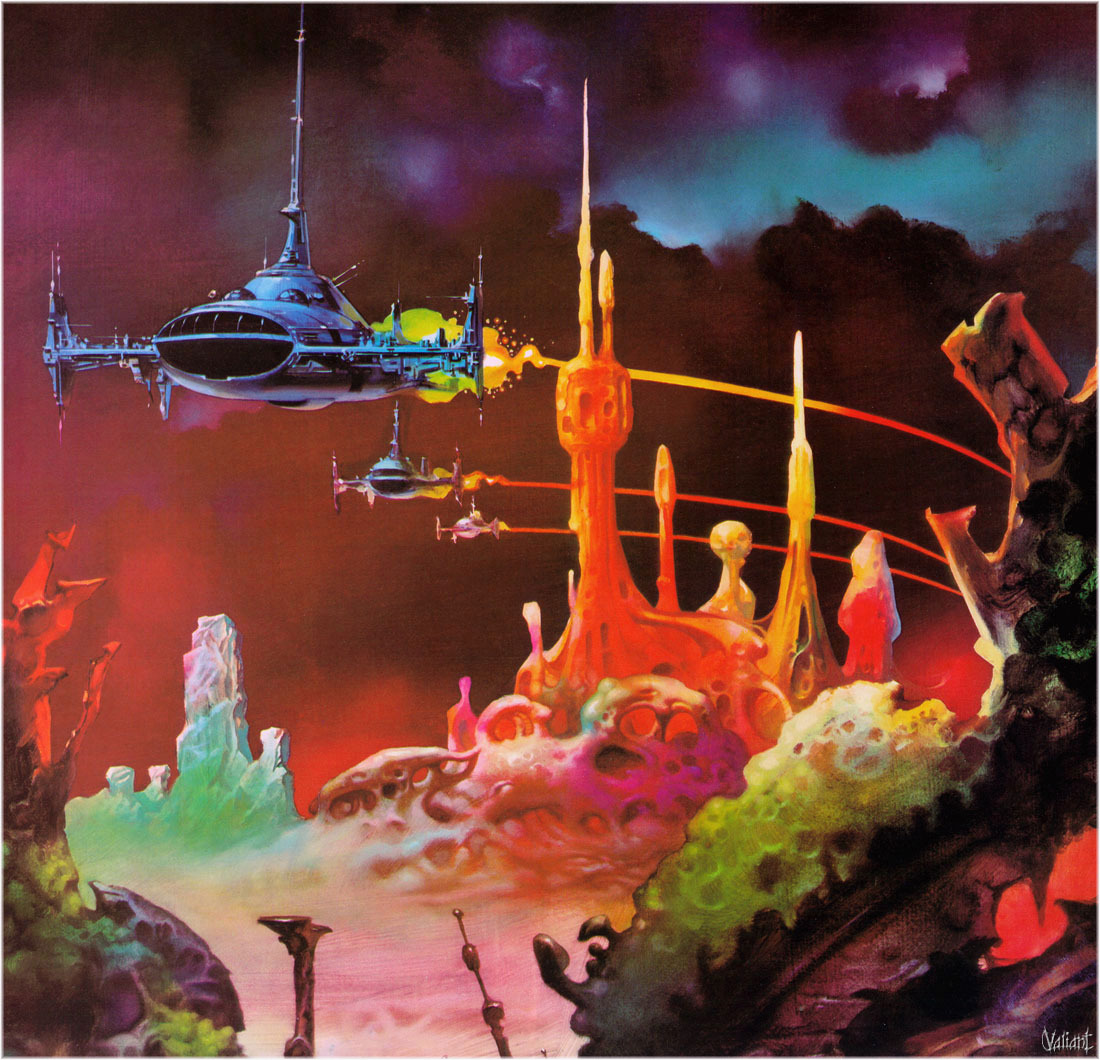 |
| Richard Hescox |
Genre boundaries are admittedly, fuzzy things, so I suppose I should first define what I mean. Planetary romance is a genre about exploration of the biospheres, societies, and cultures of an alien world. Typically, the exploration of the world doesn't just entail the usual activities of naturalists or explorers, but additionally the uncovering of a mystery or mysteries. Planetary romance worlds are more than they appear. The protagonist of these stories is most often an outsider like the reader because that gives the author the greatest freedom into working details about the setting into the narrative. Since a singular world and its exploration is essential to the genre, world-hopping works may share stylistic similarities to planetary romance, but I don't think they belong in the genre--though one could have a planetary romance series where every installment was a different world. Works with a non-outsider protagonist might likewise be excluded*, otherwise some secondary world fantasies would be up for inclusion, though mostly I'd exclude those for their settings being too Earth-like. Lord Valentine's Castle, I'd say, one could call a Planetary Romance and has no outsider protagonist, but it has an amnesiac one, which serves the same purpose.
Sword & Planet, I think, is a subtype of planetary romance, where the planet being visited is (mostly) less technologically advanced (at least in surface ways), and the plots mostly involve action. That action typically resembles swashbuckling fantasy or Sword & Sorcery fiction. The exemplar and progenitor of this type is Burroughs' A Princess of Mars. Swords and sci-fi (like Star Wars or any pulp era space opera stories) have anachronist/inconsistent tech like Sword & Planet but lack the focus on a single world.
Anyway, definitions aside, why do I think it's a good genre for games, perhaps particularly those of an old schoolish bent? Well, the focus on exploration for one thing. Planetary romance easily fits a hexcrawl or pointcrawl model. Planetary romances like Vance's Tschai/Planet of Adventure series or the Alex Raymond years of the Flash Gordon comic strip involve covering a lot of ground and uncovering new things.
 |
| Panel from Flash Gordon comic strip by Dan Schkade |
Secondly, while actual dungeons are perhaps few (the Cave World of Kira from Flash Gordon not withstanding), ruins to explore are quite common. A number of dead cities, for instance, turn up in Burroughs' John Carter series.
Third, there is an element at least close to picaresque in a lot of planetary romance. While the protagonists aren't typically rogues or anti-heroes, their adventures are episodic and involve navigating or outsmarting corrupt or stultified social systems. Money and food are concerns, depending on the story, and the protagonists often have to get menial sorts of jobs or get imprisoned for petty offenses. Don Lawrence's Storm, for example, is more than once forced into some sort of labor for basically not knowing local customs.
 |
| Don Lawrence |
So, given what I've said, why isn't Planetary Romance more popular? Mainly, I think it's because there hasn't been a recent example that reached a wide audience. Burroughs' work seems old fashion (as the failure of the recent film perhaps shows) and newer examples (like Scavengers Reign) tend to position themselves more firmly in science fiction than as something that sort of mixes fantasy and sci-fi.
*There are certainly books in planetary romance series that have native protagonist (books in both Burroughs' Mars series and Akers' Kregen series come to mind), but these notably occur after several books with outsider protagonists to get things established, so I think my point still stands.











































